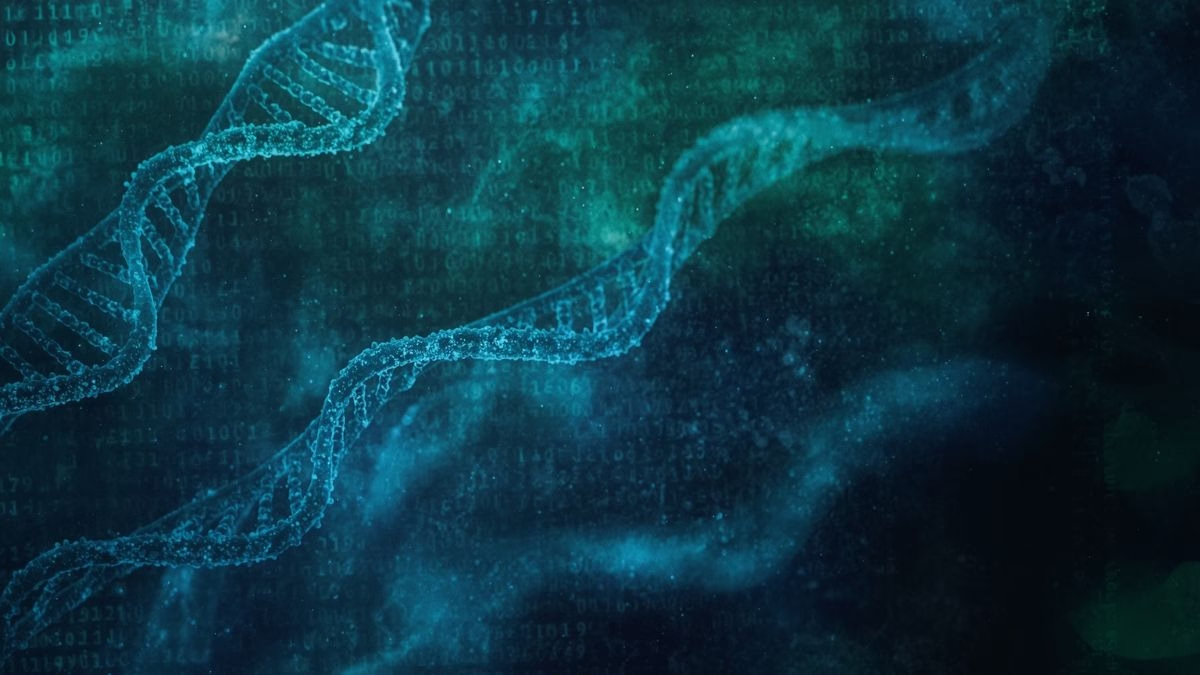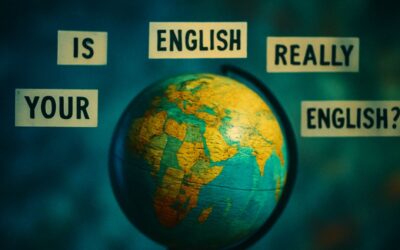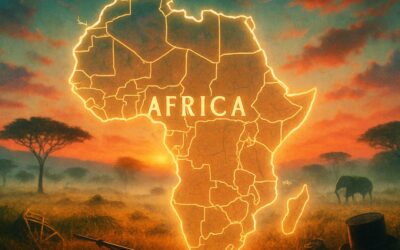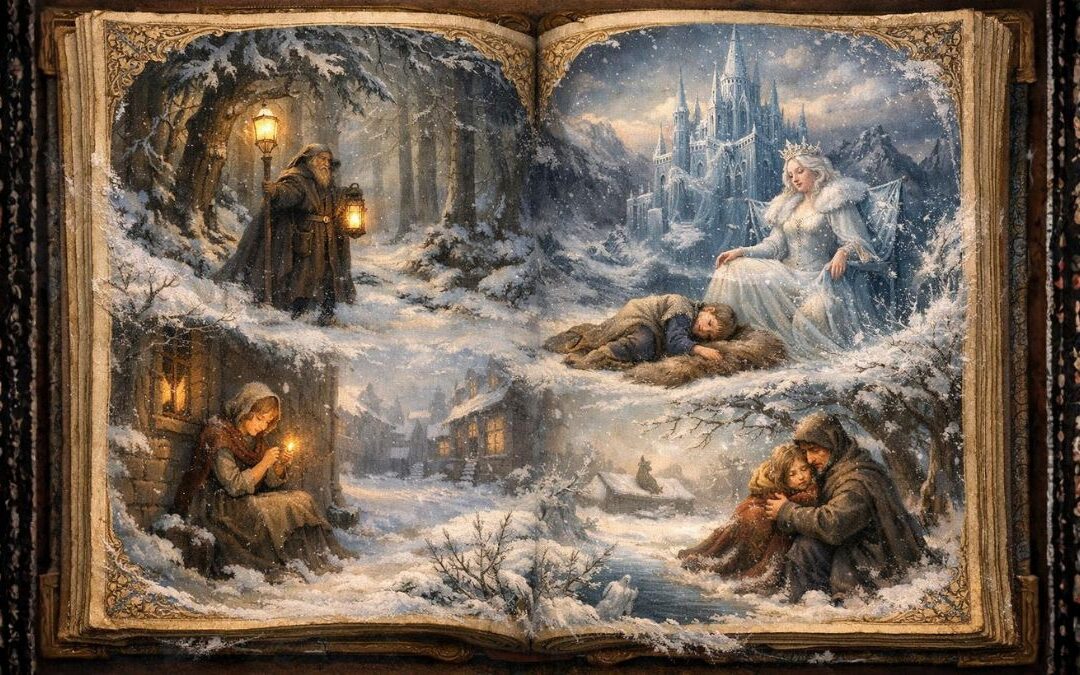Introduction
Are you ready to dive into the very essence of what makes you unique? This quiz is your chance to explore the amazing world of DNA and genetics. It’s not just a test of your knowledge; it’s a journey of discovery. As you answer the questions, you’ll learn about the incredible molecule that carries the instructions for building and operating every living thing. You’ll uncover the secrets of how traits are passed down through generations and understand the fundamental code that connects us all. By the end, you’ll not only have a better grasp of these fascinating concepts but also a deeper appreciation for the intricate and beautiful complexity of life itself. Let’s begin this adventure into our shared blueprint!
Learning Quiz
This is a learning quiz from English Plus Podcast, in which, you will be able to learn from your mistakes as much as you will learn from the answers you get right because we have added feedback for every single option in the quiz, and to help you choose the right answer if you’re not sure, there are also hints for every single option for every question. So, there’s learning all around this quiz, you can hardly call it quiz anymore! It’s a learning quiz from English Plus Podcast.
Quiz Takeaways | The Blueprint of You: A Script on DNA, Genes, and Heredity
Hello, and welcome to a journey into the most incredible story ever told: the story of you. It’s written in a language that’s billions of years old, in a book that’s packed into almost every single cell in your body. This is the story of your DNA, and today, we’re going to learn how to read it.
Imagine your body is the most complex and wonderful machine ever built. It can heal itself, it can create energy from food, it can think, it can dream. But where is the instruction manual for this machine? The answer is DNA, or Deoxyribonucleic acid. If you could unravel the DNA from a single one of your cells, it would be about six feet long. Yet, it’s packed into a space so small you can’t see it without a powerful microscope. How does it do this? By coiling itself into a beautiful shape called a double helix, which looks like a twisted ladder. This ladder is what we see in all those diagrams of DNA. The sides of the ladder are made of a sugar-phosphate backbone, giving it structure. But the magic happens on the rungs.
The rungs of our DNA ladder are made of four chemical bases: Adenine, Thymine, Guanine, and Cytosine. Let’s call them A, T, G, and C for short. These four letters form the alphabet of life. And they have a very strict rule: A always pairs with T, and C always pairs with G. This simple rule is the foundation of all life on Earth. It ensures that when your DNA copies itself, it does so with incredible accuracy.
The entire sequence of these letters in your body is called your genome. Your genome contains about three billion of these letters. It’s a massive amount of information. But it’s not just a random jumble. Specific sections of this code, which can be hundreds or thousands of letters long, are called genes. Think of your genome as a giant cookbook. Each gene is a single recipe. One gene might be the recipe for the protein that gives your eyes their color. Another gene might be the recipe for an enzyme that helps you digest milk. You have about 20,000 of these “recipe” genes, and they are the blueprint for everything your body is and does.
Now, where did you get this incredible cookbook? You got it from your parents. But you’re not a perfect copy of either of them. This is because you get half of your DNA from one parent and half from the other. For each gene, you have two copies, one from each parent. These different versions of the same gene are called alleles. Let’s say your dad passed on an allele for brown eyes, which is a dominant trait. Your mom passed on an allele for blue eyes, a recessive trait. The “brown eye” instruction is louder, so it’s the one that gets expressed. Your eyes will be brown, even though you still carry the “blue eye” instruction silently in your DNA. This is the basis of heredity, the reason you might have your mother’s smile and your father’s hair. It’s all in the unique combination of alleles you inherited.
But how does a gene, a sequence of letters tucked away in a cell’s nucleus, actually do anything? It can’t leave the nucleus, it’s too important. So, it sends a messenger. This is where RNA, or Ribonucleic acid, comes in. When a gene needs to be used, the cell makes a temporary copy of that gene’s recipe. This copy, made of RNA, is called messenger RNA, or mRNA. This process is called transcription. The mRNA then travels out of the nucleus to the cell’s factories, called ribosomes. The ribosome reads the RNA’s code, three letters at a time, and translates it into a protein. This is called translation. It’s like you transcribing a recipe from a precious family cookbook onto a notecard, and then taking that notecard to the kitchen to actually bake the cake. The protein is the cake—the final, functional product.
This flow of information—from DNA to RNA to Protein—is known as the central dogma of molecular biology. It is the fundamental process that turns the genetic blueprint into a living, breathing you. Proteins do almost all the work in your body. They are the bricks, the motors, and the communication networks of your cells.
Sometimes, there’s a typo in the cookbook. A letter in the DNA sequence gets changed, deleted, or inserted. This is called a mutation. Many mutations are harmless. But some can change the recipe for a protein, causing it to work incorrectly or not at all. This is the genetic basis for many diseases, like cystic fibrosis or sickle cell anemia. Understanding these mutations is the key to modern medicine. By reading a person’s genetic code, we can diagnose diseases, predict risks, and even design drugs that target the specific problem caused by that genetic “typo.” This is the power of genomics, the study of the entire genome.
And what’s truly amazing is that for all our incredible diversity—different heights, hair textures, skin tones—the DNA of any two people on Earth is 99.9% identical. All of human variation is packed into that tiny 0.1% difference. It’s a powerful reminder that we are all, at our very core, profoundly connected. We are all variations on a theme, different verses in the same incredible song of life. The story written in your DNA is both uniquely yours and a part of the shared story of every living thing that has ever existed. And the more we learn to read it, the more we understand not just what we are, but what we can be.










0 Comments